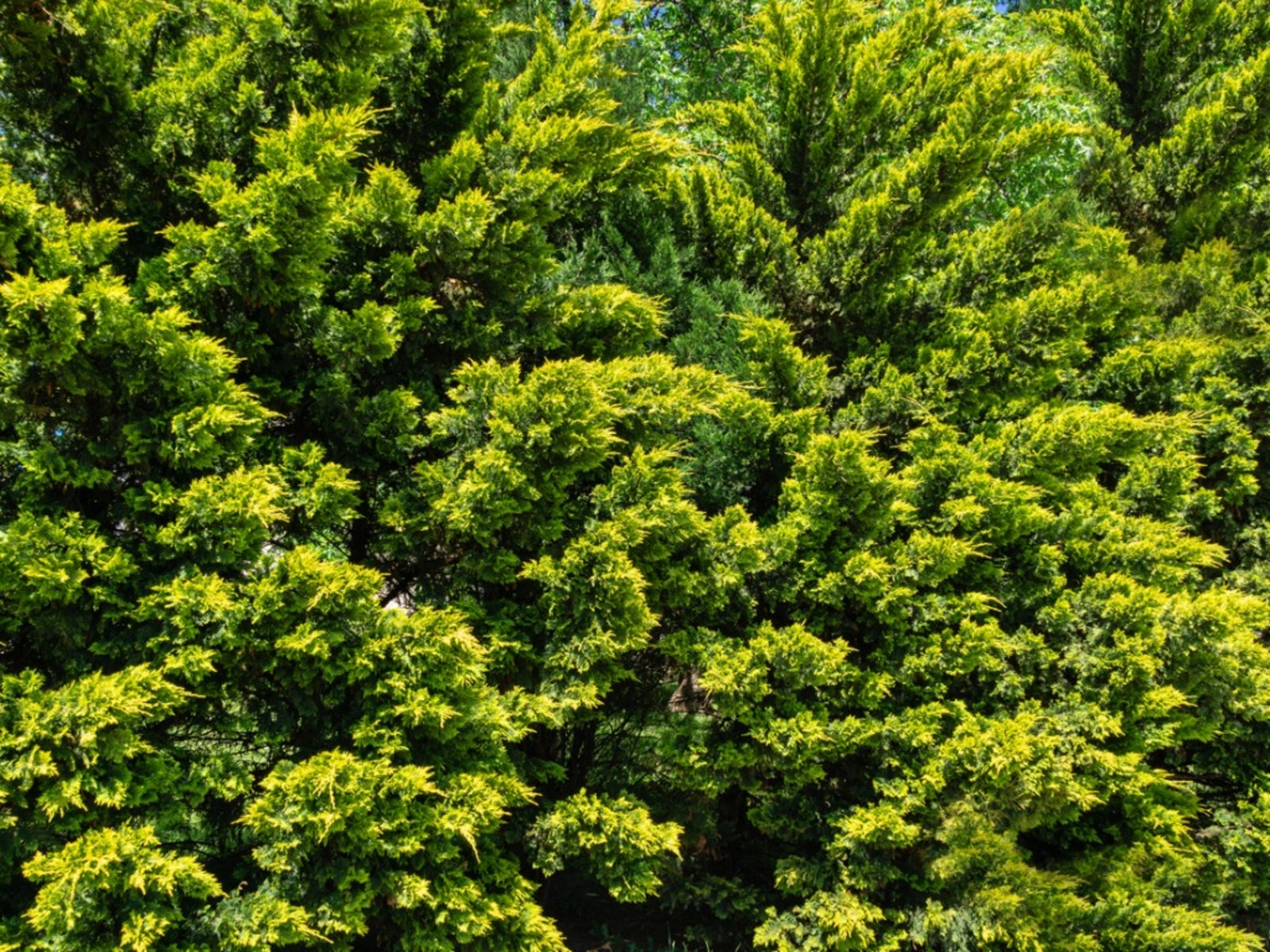What Is A Murray Cypress - How To Grow Murray Cypress Trees


‘Murray’ cypress (X Cupressocyparis leylandii ‘Murray’) is an evergreen, fast growing shrub for large yards. A cultivar of the overplanted Leyland cypress, ‘Murray’ has shown to be more disease and insect resistant, moisture tolerant, and adaptable to many soil types. It also develops a better branch structure that makes ‘Murray’ a good selection for areas with high winds.
‘Murray’ is becoming the top choice for screening out noise, unsightly views, or nosy neighbors. It can increase in height by 3 to 4 feet (1 to a little over 1 m.) per year, making it highly desirable as a quick hedge. When mature, ‘Murray’ cypress trees reach 30 to 40 feet (9-12 m.) with widths ranging from 6 to 10 feet (2 to a little over 2 m.). Hardy in USDA zones 6 through 10, its tolerance to heat and humidity makes growing ‘Murray’ cypress popular in the southeastern United States.
Growing Murray Cypress: Murray Cypress Care Guide
‘Murray’ cypress can be planted in full to part sun in any soil type and will thrive. It also is tolerant of slightly wet sites and suitable as a coastal tree.
When planting as a screening hedge, space the plants 3 feet (1 m.) apart and prune lightly each year to develop a dense branching structure. For a casual hedge, space the plants 6 to 8 feet apart (2 to a little over 2 m.). Fertilize these trees three times a year with a slow-release fertilizer that is high in nitrogen.
Pruning
Prune out dead or diseased wood anytime during the year. In late winter or early spring, lightly prune wayward stems to keep the tree in its characteristic Christmas tree shape. They also can be pruned later in the year up to mid-summer. If rejuvenation pruning is anticipated, trim in early spring before new growth.
Disease and Insect Resistance
‘Murray’ cypress shows resistance to the fungal diseases that plague Leland cypress. The tolerance of heat and humidity prevents the fungal diseases from advancing. With fewer diseases that leave trees susceptible to insects, fewer insect invasions have been recorded.
Although it is relatively disease free, they are sometimes bothered by cankers or needle blight. Cut out any branches afflicted with cankers. Needle blight causes yellowing of the branches and green pustules near the tip of the stems. To combat this disease, spray the tree with a copper fungicide every ten days.
Sign up for the Gardening Know How newsletter today and receive a free copy of our e-book "How to Grow Delicious Tomatoes".
Winter Care
Although drought tolerant once established, if you are experiencing a dry winter, it is best to water your ‘Murray’ cypress twice a month in the absence of rain.

After graduating from Oklahoma State University with a degree in English, Susan pursued a career in communications. In addition, she wrote garden articles for magazines and authored a newspaper gardening column for many years. She contributed South-Central regional gardening columns for four years to Lowes.com. While living in Oklahoma, she served as a master gardener for 17 years.